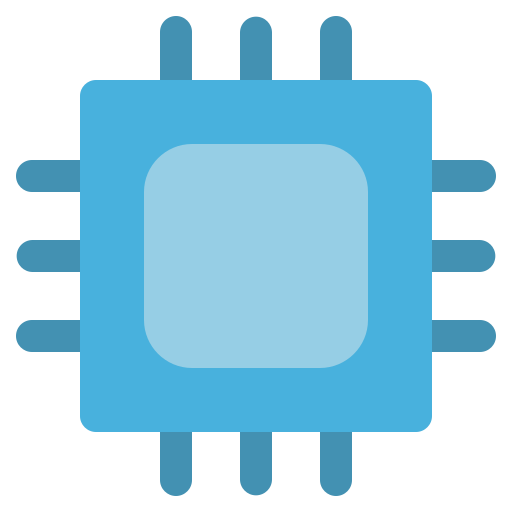

Halo Reach was such an excellent send off. What a powerful soundtrack.
grow a plant, hug your dog, lift heavy, eat healthy, be a nerd, play a game and help each other out


Halo Reach was such an excellent send off. What a powerful soundtrack.


Entrusting asus with a development SBC seems ill advised
Correct. All apex ever did was ride on the coattails of a once great IP
It is, I’m sorry to break the news to you.
They back ported their newer in-house anti-cheat system which is in place for 2042, and possibly others.
guess I should thank them for finally giving me a reason to uninstall apex and keep it that way.
I was about to ask
what the fuck is xdefiant
I’m no fan of the 2077, but thinking of it solely as a shooter is doing it a bit of a disservice given that you usually* have different approaches to in-game situations.
You can build around hacking, engineering, speech checks, melee combat, stealth cyberwarfare etc.
I felt that the projectile mechanics were sort of neat but I will agree that I don’t think the game really has legs when merely thought of as a FPS. Perhaps it had some potential in the past, part of their PL govt funding agreement was to release a multiplayer mode as well. I’d imagine that’d focus a little more on gunplay, and slightly less on QuickTime interactions involving hacking and such, but who knows.
*there are situations which require direct combat iirc


I use a keychron Q3 and Q0. They can be remapped / programmed through a web (chrome derivs as it requires WebHID) or desktop electron app called VIA, which at the time of writing is proprietary. I believe Vial (written in Qt) is being brought up, so that may be an option in the future.
In terms of managing the firmware, the vendor offers a first party web interface (also leveraging WebHID). The QMK Toolbox GUI is only available on Mac and Windows but you can use the CLI on Linux to get into DFU mode and flash your firmware.
Not really keen on Logitech as a company but I use Piper to program several of their G series mice on Linux. You can check the libratbag support list to see which hardware can work with it.


Definitely loaded. I figure we were already kind of on board with the idea that both sitting and standing in one place for too long isn’t great, and that you should move about regularly if possible.


hell yeah. My work provided me with a sit / stand desk, ergonomic office chair and monitor arms around the pandemic since we were all working from home.
Having that adjustability has helped my hamstrings a decent amount. I still need to do a better job of stretching throughout the day rather than just at night.
I will agree that I feel more… creative(?) when standing but I try not to overdo it.


I have an adjustable sit stand desk, and I sometimes stand for hours without realising.
I have a friend elsewhere in Europe with a similar office setup, and we remind each other to move the desk up and down during the day 😊
To your last point, I would ordinarily agree but we sometimes ‘trap’ ourselves playing halo 3 together and what not.


I thought the idea was to be able to sit and stand for limited intervals, though I could understand how people might stagnate in practice (I.e. remain stood for hours without realising).


I mean true but let’s not hurl insults at oats 🥺


Been playing this since demo days. The developer is a chill guy and will actually discuss feedback and implement features which make sense.
Hop into their community and say hi
I’ve used them on posterior delts and traps to decent effect.
For the neck, a friend who is into rock climbing gave me a little cork ‘peanut’ looking thing which actually works pretty nicely:
I’d also recommend a pair of lacrosse balls to use against the floor or a solid wall (careful with plasterboard and such).


I didn’t realise there were keyword filters. Thanks!


proof of liquid floof confirmed.
Gardening is great - keep at it. I may ask you for help & advice with mine to help take your mind off things.
I won’t sugarcoat the fact that things will suck a little if he wins, but we’ll prevail and our plants will grow strong and healthy.